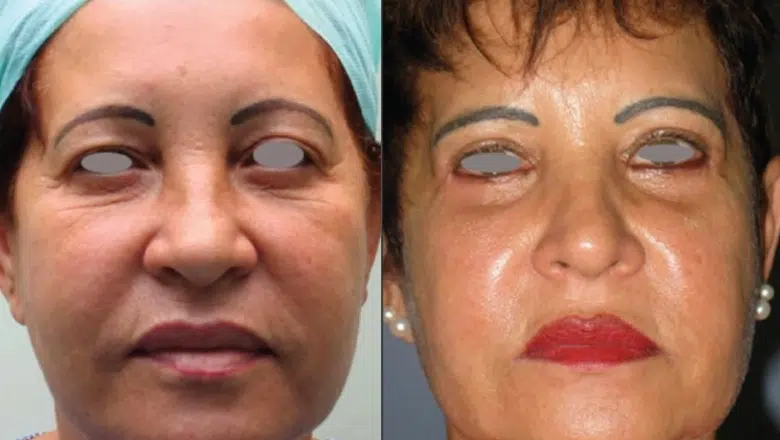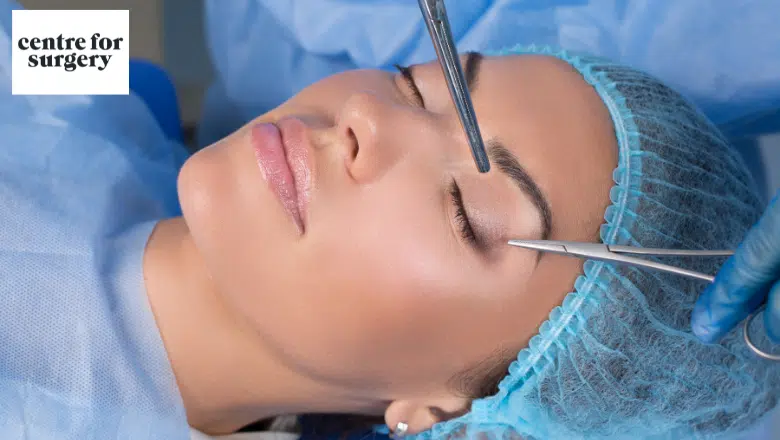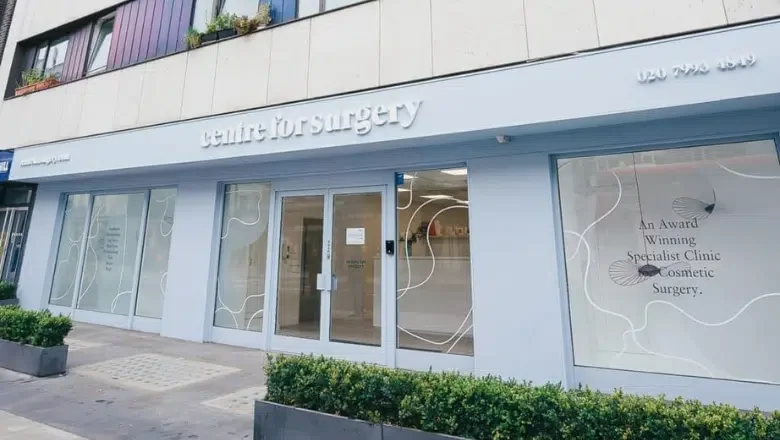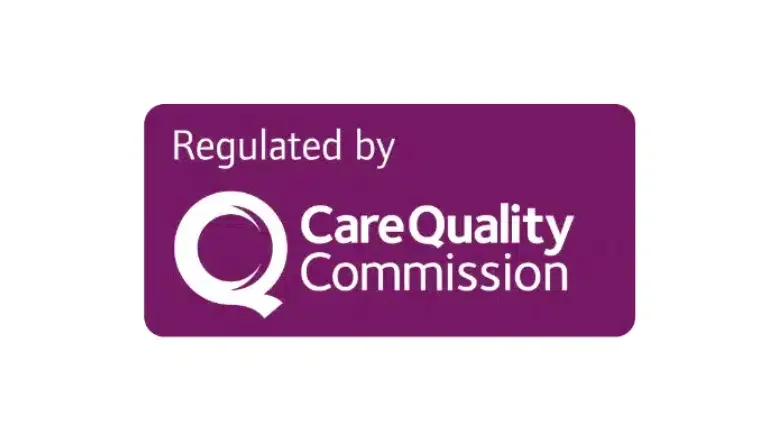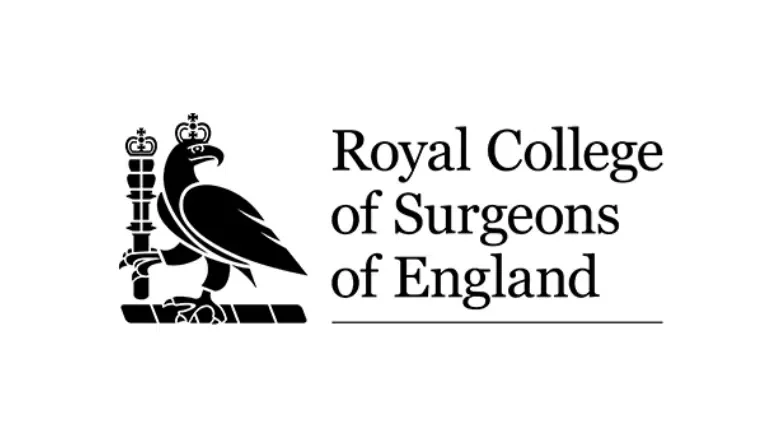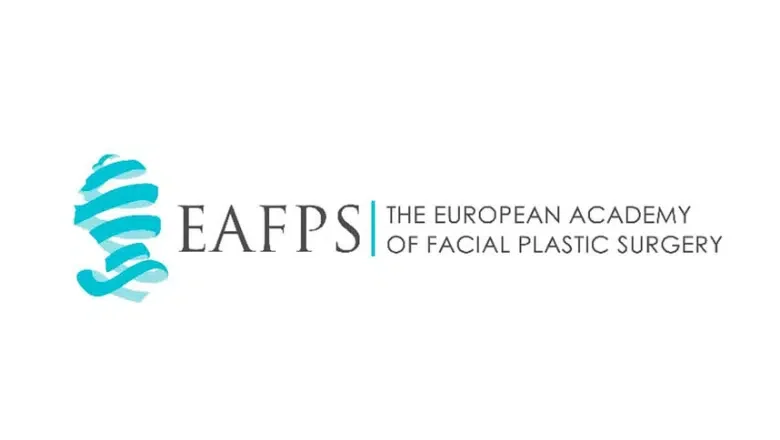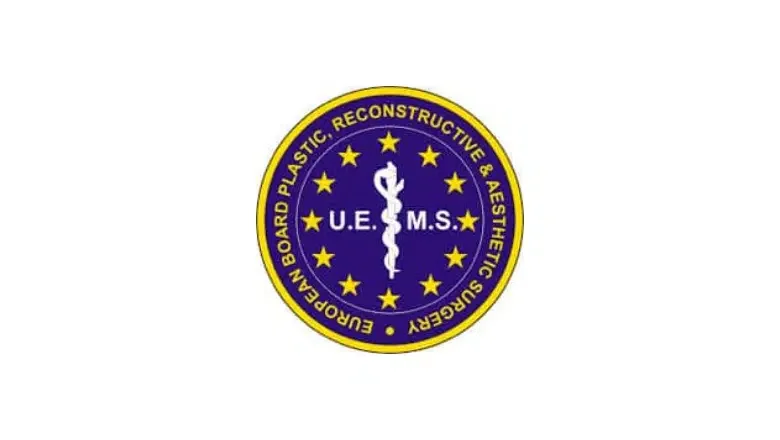Are you troubled by puffy under-eye bags or dark circles that make you look tired all the time? At Centre for Surgery in London, we understand how much your eyes contribute to your appearance. We specialise in blepharoplasty surgery that restores youthfulness and vitality to your gaze. In this blog, we examine two popular techniques in lower eyelid surgery—transconjunctival and transcutaneous blepharoplasty—so you can figure out which approach aligns best with your unique goals.
What is Lower Blepharoplasty?
Lower blepharoplasty targets the region beneath the eyes, addressing common concerns like bulging fat pads, sagging skin, or fine lines. It can dramatically rejuvenate the under-eye area, banishing signs of fatigue and age. But not all procedures are the same. The chosen surgical route—through the inside of the eyelid (transconjunctival) or via an external skin incision (transcutaneous)—shapes results, risks, and downtime. Both methods aim to remove or reposition excess tissue, yet they differ in incision placement, scarring potential, recovery timeline, and suitability for various conditions.
Transconjunctival Lower Blepharoplasty
The transconjunctival approach involves an incision hidden within the lower eyelid, located inside the conjunctiva. The surgeon accesses the fat pads without breaching the skin’s surface. This means no external scar and ideal outcomes for patients whose main concern is fat protrusion rather than loose skin.
Because the incision is internal, swelling and trauma are minimised. You avoid external scars altogether, and the recovery tends to be quicker. However, this method does not remove skin, so it’s not suitable for those with pronounced sagging or crepe-like skin. In cases requiring skin tightening, other techniques like laser resurfacing might be combined with a transconjunctival lift.
RELATED: What Do Blepharoplasty Scars Look Like?
Transcutaneous Lower Blepharoplasty
On the other hand, transcutaneous blepharoplasty involves a small incision just beneath the eyelashes on the lower eyelid. Through this opening, the surgeon can remove excess skin, trim muscle, and reposition or remove fat pads. This method addresses a broader range of issues, including loose skin, fine lines, and volume irregularities.
The trade-off is an external incision that can leave a faint scar. Skilled surgeons place this incision within natural eyelid creases to make it inconspicuous. Recovery may involve more swelling or bruising and may take slightly longer. But the comprehensive nature of this procedure makes it a go-to option when both fat and skin need reshaping.
Choosing Between Internal and External Methods
The decision between the transconjunctival and transcutaneous methods depends largely on your individual needs.
If your main concern is under-eye bags caused by protruding fat and your skin has good elasticity, then the transconjunctival technique is often ideal. It’s less invasive, promotes faster recovery, and leaves no visible scar.
On the other hand, if the skin beneath your eyes is loose and sagging, or if you have fine lines that accompany the excess fat, the transcutaneous route provides a more comprehensive solution. It allows for skin removal or tightening, fat sculpting, and muscle repositioning.
Your surgeon will assess your facial anatomy, skin elasticity, and aesthetic goals to recommend the best approach. Sometimes, a combination of techniques, such as pairing internal fat removal with laser skin tightening, yields excellent results.
Benefits of Transconjunctival Blepharoplasty
One of the key advantages of transconjunctival blepharoplasty is the absence of visible scarring. The incision within the conjunctiva heals behind the eyelid, offering a clean aesthetic. Swelling is generally minimal, and recovery tends to be faster than with other methods. Patients experience fewer complications, such as dry eyes or scarring. Post-operative care is straightforward, and many patients can return to normal activities sooner.
Another benefit is reduced trauma to the lower eyelid tissues. Without an external incision, there is less disruption to the eyelid’s natural structures, reducing the risk of lower lid retraction or ectropion. This makes the transconjunctival route a great choice for those aiming for a natural look without altering their eyelid shape significantly.
Drawbacks of the Transconjunctival Approach
The biggest limitation of this method is its inability to address excess skin or fine wrinkling. If your skin lacks elasticity, you may notice sagging again in time. In such cases, supplementary skin tightening treatments or a hybrid surgical approach might be needed. Some patients may also find that the eyelid contour appears slightly uneven after fat removal.
Additionally, because the incision is internal, the surgeon’s visibility is limited. This calls for a high level of skill to avoid fat asymmetry or over-resection. While internal incisions don’t lead to visible scars, they can still result in internal adhesion or granulation if not handled carefully.
Advantages of Transcutaneous Blepharoplasty
Transcutaneous blepharoplasty offers a full-spectrum solution. Surgeons can remove sagging skin, sculpt fat, and adjust muscle in a single operation. The external incision near the eyelash line provides direct access and precise control. This makes it ideal for those addressing more complex under-eye issues.
The procedure allows customised tailoring—for example, muscle tightening for those with eyelid laxity, or precise trimming of skin to smooth fine wrinkles. The result can appear more harmonious with the rest of the face, and patients often report noticeable improvements in under-eye tone and texture.
Potential Cons of the Transcutaneous Route
Most patients heal without issue, but any time there is an external incision near the eye, even if well-camouflaged, there is potential for a visible scar, eyelid pull-down (ectropion), or changes in lash direction. Swelling and bruising can be more pronounced, and recovery may last longer than the internal route.
Still, with experienced surgeons, proper planning, and meticulous technique, these risks are minimised. The incisions are carefully placed, muscle repositioning is gentle, and good post-operative care helps reduce complications.
How Each Procedure Works
Your lower eyelid surgeon begins with a detailed consultation, examining your skin quality, fat distribution, eyelid anatomy, and facial symmetry. They may also discuss skin treatments like fat grafting or laser resurfacing to complement surgical results.
In transconjunctival blepharoplasty, you’ll typically have incisions inside the lower eyelid. The surgeon gently removes or repositions fat pockets and smooths the contour. Because there is no skin incision, the procedure generally finishes more quickly and with less visible trauma.
In transcutaneous blepharoplasty, a fine incision is made just below the eyelashes. The surgeon may trim redundant skin, adjust muscle tone, and remove or reposition fat. Sutures are then placed with precision to align the incision along a subtle crease, reducing scar visibility.
Both procedures are usually performed under local anaesthetic combined with sedation or general anaesthetic, depending on patient preference and complexity. At our Baker Street hospital, patients go home the same day.
Recovery Timelines
After transconjunctival surgery, most patients experience mild swelling or bruising that resolves within a week or two. You’ll receive gentle eye lubrication and be advised to sleep elevated. Most people feel comfortable resuming daily activities, such as office work, within a few days.
RELATED: Lower Blepharoplasty Recovery Day by Day
With the transcutaneous method, swelling may be slightly more, along with minor bruising or tenderness. Cold compresses and anti-inflammatory treatments are commonly used during the first week. Most patients resume normal routines after around 10 to 14 days, with full healing and scar fading in several weeks or months.
Both methods require avoiding strenuous exercise and sun exposure initially, as these can influence healing and scar appearance.
How Long do the Results Last?
Results from both approaches are typically long-lasting, often enduring for many years. In the transconjunctival method, the fat removal often remains stable, with no visible scar. However, skin laxity can become more noticeable over time, especially in older patients.
Transcutaneous blepharoplasty offers a more definitive correction of skin and tissue, which may sustain longer aesthetic outcomes. A well-executed procedure combined with proper aftercare and sun protection can keep your under-eye area looking refreshed well into retirement.
Still, natural ageing continues, and in some cases, a minor revision or non-surgical touch-up (such as injectable fillers or laser therapy) may enhance results later on.
Choosing the Right Surgeon
Selecting a surgeon skilled in both techniques is essential. Ask about their personal experience, complication rates, before-and-after photos, and where they trained. Centre for Surgery in London is home to a team of specialist plastic surgeons with expertise in eyelid anatomy and blepharoplasty.
A good consultation explores more than skin and fat. It considers facial balance, bone structure, tear trough anatomy, and your lifestyle. Combining surgical precision with tailored planning ensures a lower blepharoplasty that complements your whole face and meets your aesthetic desires.
Is One Method “Better”?
No method is universally superior. Transconjunctival blepharoplasty offers a gentler approach with faster healing, ideal when skin is still tight. Transcutaneous surgery enables more comprehensive rejuvenation, including the removal of excess skin and muscle adjustments, but with a more extended recovery period.
The centre of the decision is your specific concerns. If bags are your sole issue, and your skin remains firm, a transconjunctival lift may suffice. If you have loose skin, fine lines, and muscle laxity, only a transcutaneous approach will yield full results. Both techniques can also be professionally combined with non-surgical therapies like dermal fillers or SmoothEye laser to enhance texture, tone, and support.
Questions to Ask Your Surgeon
When preparing for consultation, consider questions such as: Which technique suits my eyelid anatomy? How much downtime should I expect? Will I need further treatments later? How will you manage scarring? Can you assess potential risks like dry eyes, inadequate muscle support, or scarring? The centre’s surgeons welcome in-depth discussions to align treatment with your expectations and lifestyle.
Follow-Up and Aftercare
After both kinds of blepharoplasty, a detailed aftercare plan is vital. Regular check-ups track healing, and you will receive instructions on cleaning, lubrication, sun protection, and exercise restrictions. Sutures (if used externally) are typically removed within a week. Follow-up at one month, three months, and six months helps assess results and plan non-surgical touch-ups if needed.
RELATED: How Long Does It Take for Stitches to Dissolve after Blepharoplasty?

